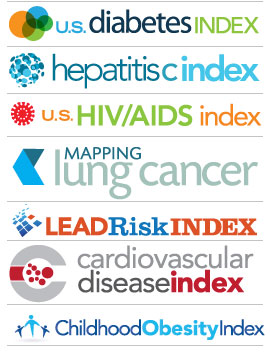A discriminating disease: Minority populations often face increased risk…
Clinical Trial News Thursday, October 20th, 2011Breast cancer unites women under a common banner of hope. But different minority populations, as well as subgroups within those populations, face distinct challenges and risk factors when it comes to breast health.
“We tend to (group) everything in terms that ‘one size fits all’ as opposed to looking at the disease as it impacts different populations,” said Lovell Jones, director of the Center for Research on Minority Health at the MD Anderson Cancer Center in Houston, and co-founder of the Intercultural Cancer Council.
There’s been a push in recent years to personalize medicine and policy to address the specific social, environmental and genetic risk factors of those subgroups for more effective screening and treatment. Until that happens on an institutional level, it’s up to individuals and their doctors to understand individual risks.
African-Americans
Though Caucasians have the highest incidence of breast cancer overall, African-American women have the highest rates of pre-menopausal breast cancer and are more likely to die from the disease at any age.
Socioeconomic status and inadequate access to quality health care are partly to blame for higher morbidity among black women, but genes also play an important role, especially in the younger set, Jones said.
African-American women are more than twice as likely as white women to be diagnosed with early-onset, virulent tumors called triple-negatives, so named because they are not fueled by estrogen, progesterone or the HER2neu protein and therefore do not respond to current therapies that block or eliminate those hormones. Women in West Africa are similarly afflicted, Jones said.
Triple-negatives can be removed through surgery if caught early. Trouble is, young women and African-American women tend to have particularly dense breast tissue, making it hard for even a mammogram to catch some tumors.


